Last updated on July 13, 2024
In this antique pocket watch primer, we explore the terminology that is often used in discussions around antique timepieces. In this post, I will introduce some of the terms that you will come across. These terms will be described with respect to antique timepieces, not their modern counterparts.
Balance wheel
A balance wheel, or balance, is the timekeeping component used in mechanical watches. It is a weighted wheel that rotates back and forth, being returned to its centre position by a spiral torsion spring, known as the balance spring or hairspring. It is driven by the escapement, which converts the motion of the gear train into impulses delivered to the balance wheel.
Balance spring or hairspring
A delicate spring made from metal attached to the balance wheel that regulates the rate at which a balance wheel oscillates. The balance spring is also often referred to as a hairspring. It controls the speed at which the wheels of the watch turn and, therefore the rate of movement of the hands.
Barrel
A barrel is a cylindrical metal box closed by a cover, with a ring of gear teeth around it. It contains a spiral spring called the mainspring, which provides power to run the timepiece. The barrel turns on an arbor (axle). The spring is hooked to the barrel at its outer end and to the arbor at its inner end. The barrel teeth engage the first pinion of the gear train, which is usually the centre wheel. Barrels rotate very slowly, the rate is typically one rotation every 8 hours.
Bezel
A metal ring that surrounds the watch crystal, over the dial, and secures it to the case. It will either snap on to the case or screw in.
Bridge
A bridge is a plate or bar that is attached to the mainplate. It helps form the framework that supports the moving components of the watch movement.
Calibre
A calibre is another name for the movement of a watch. It is most often used when a watchmaker is specifying a particular model name or number for a movement.
Case back
The reverse side of a watch case that can be opened to access the movement. Many antique pocket watches contain an inner dust cover as well as the case back.
Chronograph
A type of watch that features an additional stopwatch function in addition to telling the time. In antique watches, the chronograph feature is generally operated by pressing the winding crown to start, again to stop and again to reset to zero.
Chronometer
A watch that has been independently tested and certified as a precision instrument. A watch would be tested over the course of several days in several different positions and temperature ranges. Those that passed certification would have been considered accurate enough for marine navigation.
Complication
A complication is an additional function of a watch that goes beyond telling the time. Examples include chronographs, repeaters or calendar functions. Complications require additional components and make a watch more complicated to build and subsequently more expensive.
Crown
A watch crown is found on keyless watches. The crown is used to wind a watch’s mainspring, which supplies the power to drive the watch’s internal movement. The crown is also used to set the time of the watch. On a wristwatch, the crown is typically on the right-hand side of the case. On a pocket watch, the crown sits on top of the winding stem.
Crystal
The crystal is the clear protective cover that sits over the watch face or dial. It is typically made from mineral glass or acrylic. Mineral glass is very hard and scratch-resistant, but prone to shattering when dropped. Acrylic is the opposite, much more durable and flexible, but prone to scratching.
Dial
The dial is the human facing component of a watch. It displays the time and includes numerals or indices as well as the hands. It is covered by the crystal. Typically dials are made of vitreous enamel.
Ebauche
Ébauche movements are essentially unbranded movements that are sold on to watchmakers. The watchmakers would assemble the components and then embellish the movement by polishing or branding.
Escapement
The escapement is the component of a mechanical watch that controls the transfer of power from the mainspring to the timekeeping component, the balance wheel. Without the escapement, the watch would unwind in seconds and fail to keep the time. The lever movement was invented by Thomas Mudge in around 1750. The Swiss lever movement appeared in the mid-19th century and is still used in the majority of mechanical watches today. The escape wheel is connected to the gear train, which transfers energy from the mainspring, the lever and its pallets lock and unlock the escape wheel at a constant rate. This is the component that is responsible for a watch’s ticking sound.
Frequency
A watch’s frequency is determined by the total number of oscillations the balance wheel performs over time. This information is typically shared in either the movement’s total Hertz (Hz), or in the exact number of vibrations/beats per hour (vph/bph). If a mechanical watch ticks at 4 Hz or 28,800 vph/bph, that means the balance wheel is operating at four oscillations per second. A single oscillation translates to a total of two vibrations/beats per second. A vibration occurs when the balance moves in a single direction and an oscillation is counted once it’s moved and returned to its original position.
Gear Train
A gear train is a system of gears that transfers power from the mainspring to the escapement.
Horology
The term horology covers the science of measuring time and the art of making instruments for indicating time, such as watches.
Indices
The markings on the dial of a watch are used to represent the hours and minutes. Indices can be numerals, such as Arabic, Breguet or Roman. They can also be batons, arrows or circles. In higher-end watches, these are usually applied to the dial, rather than being painted or printed on.
Jewels
Jewels are used as bearings at the heaviest points of wear in a watch movement. They help to reduce friction between moving parts and increase a movement’s lifespan. Jewels are only used to increase the accuracy of the movement and are not for decoration. Basic watches typically have 7-jewels, higher-end timepieces will have 15 or more jewels.
Lugs
Lugs are the loops of metal at the top and bottom of a wristwatch case where the strap is attached.
Luminescence
Often referred to as “lume”. Luminescence is the glow given off by watch indices and hands that have been coated with a photoluminescent material. In respect to antique watches, the luminescence watches came from radioactive paint.
Magnetism
Metal components inside a watch movement can often become magnetised when exposed to magnetic fields, such as those created by a smartphone or other electronic devices This can cause a serious loss of accuracy. Generally, this occurs because the balance spring becomes magnetised and sticks to itself. Typically, this causes the watch to run much faster than usual. Fortunately, this can be resolved by degaussing by a watchmaker.
Main plate
The base structure on which all of the components of a mechanical watch movement are mounted.
Mainspring
A torsion spring that becomes tightened when a watch is wound. This stores the energy of a watch. The force of the spring unwinding drives the gear train. The mainspring is housed inside a small enclosed drum called a “barrel”.
Manufacture d’Horologie
A French term that refers to a watch company that manufactures its own components, including its movements, in-house.
Movement
The mechanical inner-working mechanism of a watch. Typically, watch manufacturers refer to their movements as “calibres.”. The main components of the movement are a mainspring, a gear train, an escapement and a balance wheel.
Power reserve
The length of time that a watch will run when it is fully wound. Typically, most antique watches would have had a power reserve of 30 – 35 hours when new. An acceptable, practical power reserve for an antique timepiece is 24 – 30 hours.
Repeater
A high-end complication that chimes to denote the time. The repeater mechanism is typically activated by pivoting a lever on the side of the case. A hammer then strikes on a gong for every hour followed by a double strike for every quarter.
Small seconds sub-dial
A small sub-dial, separate from the main hour and minute function that displays the seconds. It is normally located just above the six indices, it is also known as a register. A “sunk dial” on a pocket watch refers to the layering of various sections of the dial to create a more polished, high-end product. A sunk second’s sub-dial also serves the purpose of allowing the second hand to sit a little lower, giving more clearance for the minute and hour hands.
Tourbillon
A tourbillon is a mechanical complication found in the movements of certain high-end mechanical watches to improve accuracy. It is a cage-like mechanism that constantly rotates the balance wheel and escapement while the movement is running. This is done to counter the effect of Earth’s gravity on the balance wheel and spring. The tourbillon was invented by Breguet in 1795 and patented in 1801.
Related content
More antique watch terminology can be found in the Antique watch glossary.
Watch at Wikipedia.
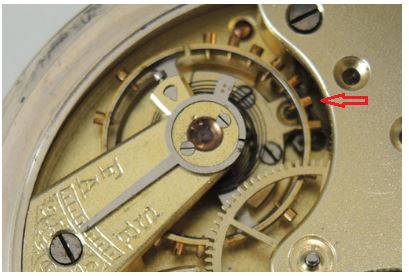
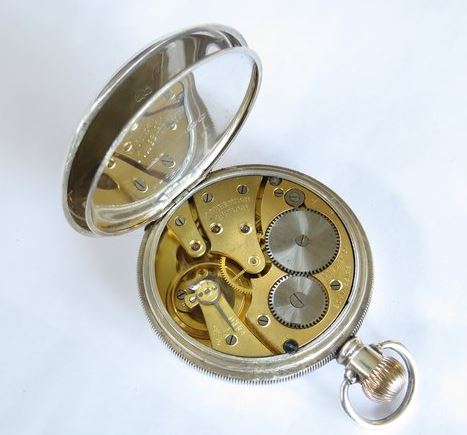
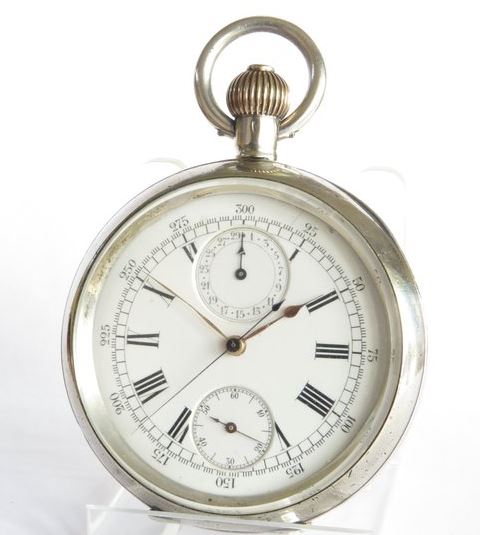
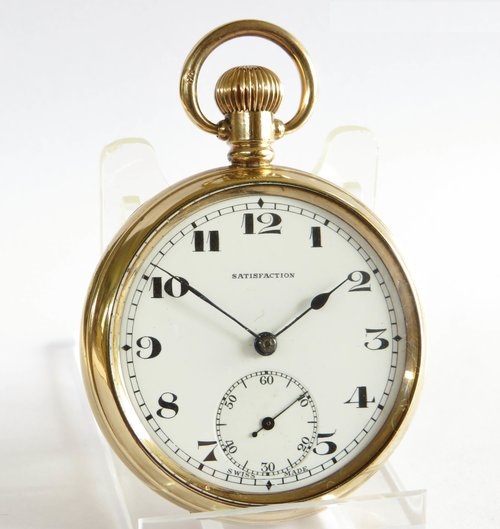
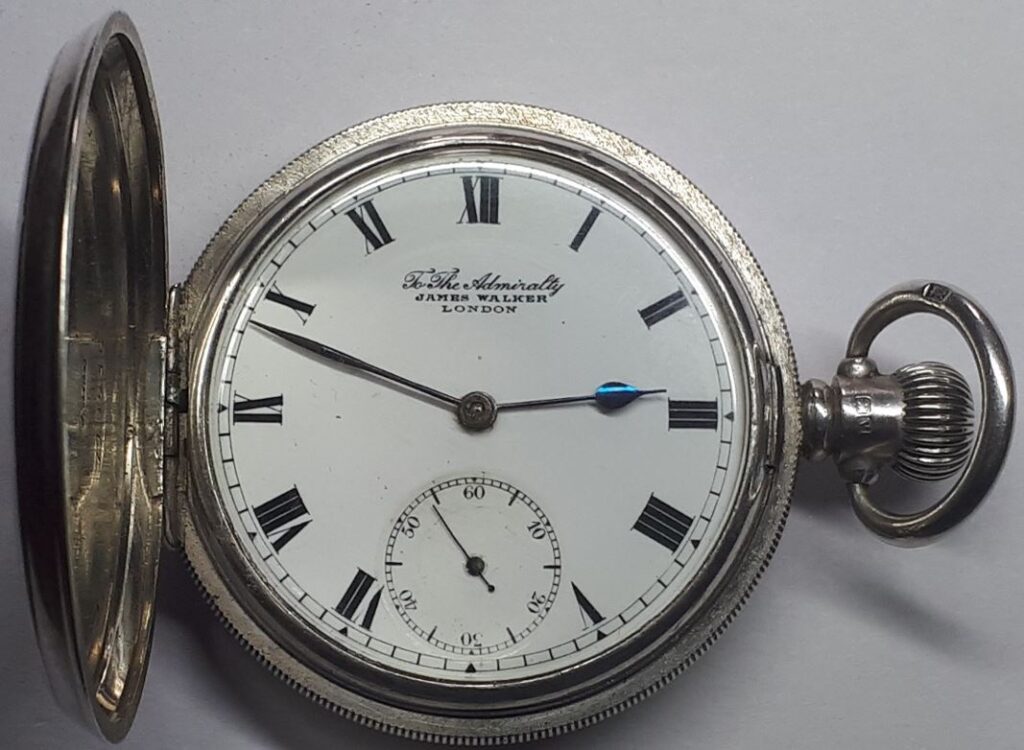
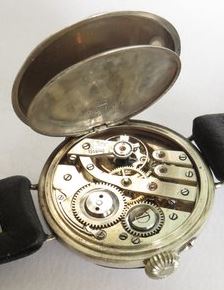
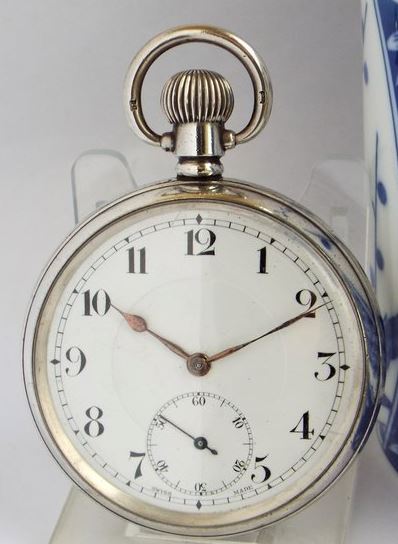
Thanks, I was looking for a definition of ebauche.
Hi Ike, there is more information about ebauche manufacturers and completing an ebauche movement. I hope this helps, Jason